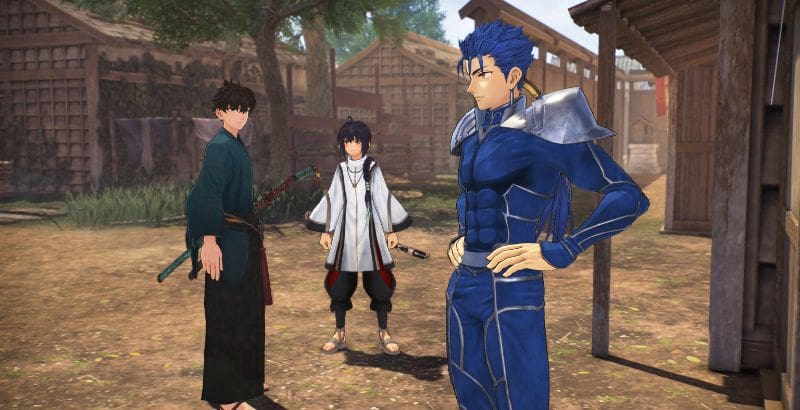Fate Samurai Remnant Asakusa Shrines in Recognition. In the core of Asakusa, Tokyo, lies an unlikely treasure that discusses a past time – the Fate Samurai Remnant Asakusa Shrines. These consecrated spots stand as images of otherworldliness as well as act as a strong wake up call of the samurai inheritance and the getting through idea of destiny. Samurai Heritage, Hundreds of years prior, Japan was home to the amazing fighters known as samurai. They were talented in artistic expressions of war and held amazing privilege in their souls. The Asakusa Sanctuaries, settled in the midst of the clamoring advancement of Tokyo, honor these heroes who once strolled these very roads.

The Three Fate Samurai Remnant Asakusa Shrines. Asakusa is home to three noticeable altars. Sensō-ji, Asakusa Place of worship, and Asakusa Jinja. Every one of these sanctuaries has an interesting history and importance. Sensō-ji, Sensō-ji is the most established sanctuary in Tokyo and an image of Asakusa persevering through history. It was laid out in the seventh 100 years, making it more than 1,000 years of age. The sanctuary’s stupendous door, known as the Kaminarimon, invites guests with a gigantic red light and monster sculptures of Fujin and Raijin, the divine forces of wind and thunder.
What is Fate Samurai Remnant Asakusa Shrines
The Fate Samurai Remnant Asakusa Shrines, This altar is dedicated to the three men who established the Sensō-ji sanctuary. It’s where individuals petition God for insurance, wellbeing, and favorable luck. The red torii entryway, standing gladly at the entry, guides guests to the inward sanctum where they can offer their requests and make wishes.
Asakusa Jinja, found only close to Sensō-ji, is committed to Ebisu, the lord of favorable luck and thriving. Numerous neighborhood organizations and shippers come here to look for favors for their vocations.
Fate and the Samurai Spirit. The idea of fate has forever been profoundly imbued in Japanese culture. It was accepted that one’s predetermination was interlaced with their decisions and the moves they initiated. The samurai, specifically, held areas of strength for an in destiny. They accepted that they were bound to serve their masters and safeguard their properties, regardless of whether it implied forfeiting their lives.
At the point when you visit the Fate Samurai Remnant Asakusa Shrines, you can not resist the urge to feel the heaviness of history and destiny that lingers palpably. The old design, the ceremonies, and the tales went down through ages all act as a demonstration of the getting through soul of the samurai and the conviction that destiny drove them to their respectable way.

What we Found on Fate Samurai Remnant Asakusa Shrines
The Cutting edge Connection. Today, Asakusa is a clamoring area loaded up with travelers, customers, and local people approaching their day to day routines. In any case, the Asakusa Sanctums stand as a tranquil shelter from the buzzing about advancement, helping us to remember the immortal upsides of honor, confidence, and fate that the samurai held dear.
All in all, the Fate Samurai Remnant Asakusa Shrines in Tokyo are memorable landmarks as well as windows to the past, where the samurai heritage and the idea of destiny keep on reverberating with guests. These consecrated spots transport us to when fighters wandered the roads, limited by an enduring feeling of obligation, and advise us that destiny can shape the course of our lives surprisingly.
The Job of Fate in Samurai Lives. To comprehend the significant association among destiny and the samurai, it’s fundamental to dig into the verifiable setting. Samurai were not just fighters, they were the honorable epitome, discipline, and faithfulness. Their set of principles, known as Bushido, directed all their activities. In their reality, destiny assumed an urgent part.
Samurai accepted that their way was predetermined by fate. From early on, they were prepared to serve their rulers with resolute reliability, regardless of whether it implied putting their lives in danger on the front line. This confidence in destiny was not a latent acknowledgment of conditions yet rather a main impetus that directed their activities. They saw each choice, each fight, as an outflow of their fate.
Read more:
- EA Sports FC 24 Crack Status Complete Guide Latest 2023
- Battle of Fate Awakening Redeem Code September 2023: Redeem Now
- Fate or destiny 6 letters Crossword Clue!